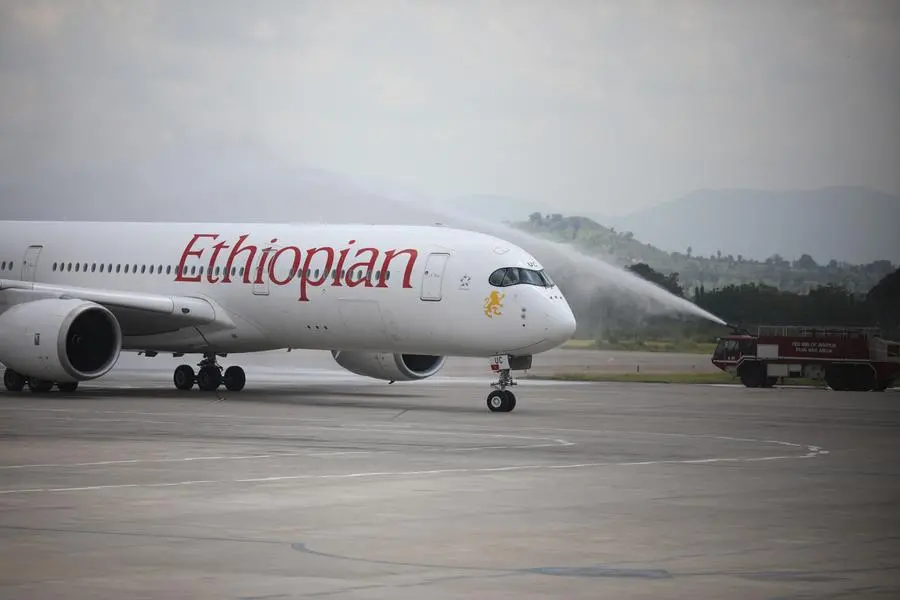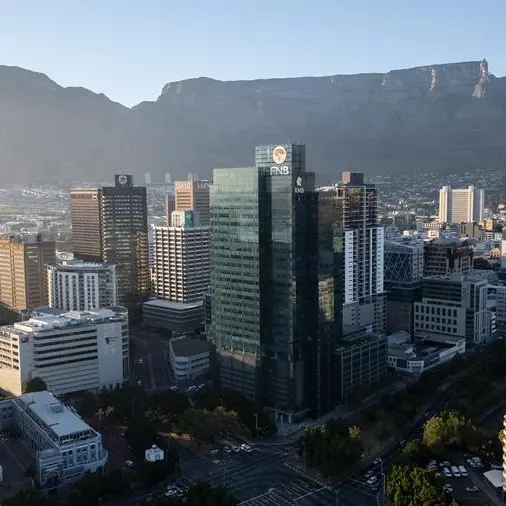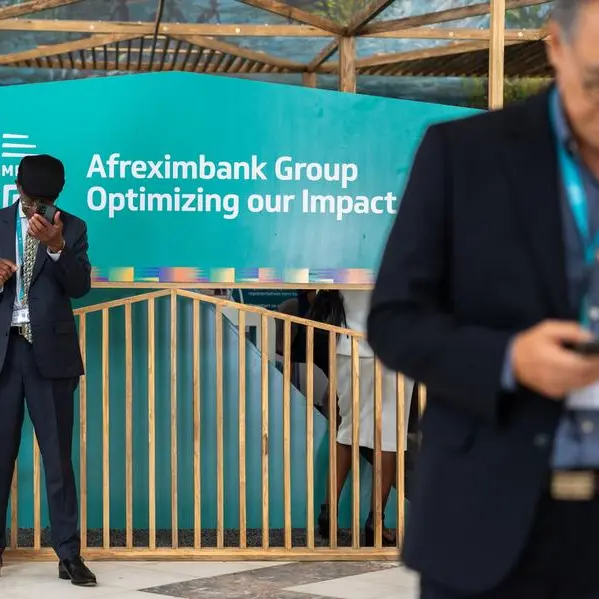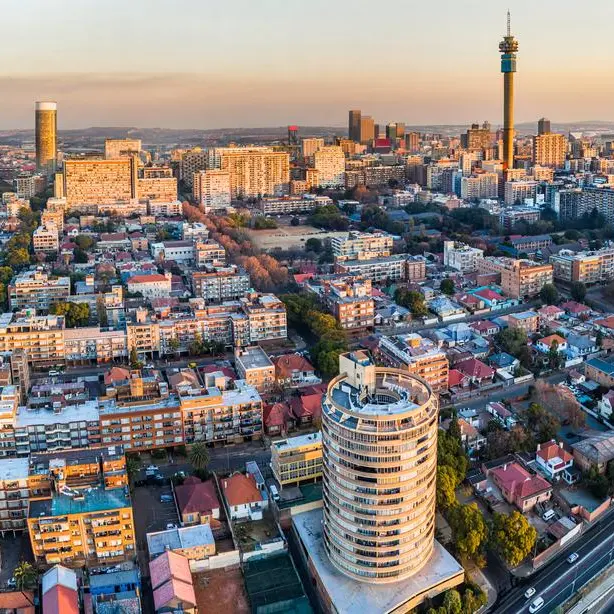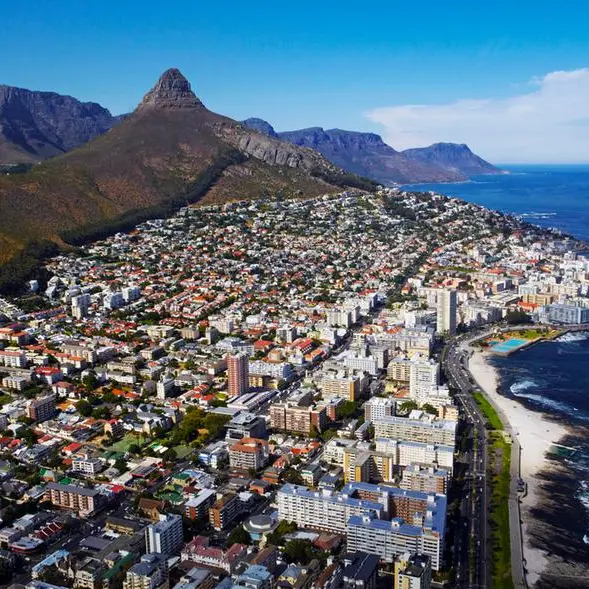PHOTO
The aicraft orders by Ethiopian Airlines at the Dubai Airshow gives a glimpse of the carrier’s growth plans, anchored around a two-pronged strategy to consolidate its position as Africa’s biggest airline.
Weighed against actions by Emirates and other airlines at the airshow, the orders of new planes reflect the race to make the most of the post-Covid-19 pandemic market and the rush to migrate to more efficient fleets as the industry braces for deep cuts in emissions starting 2035.
Ethiopian and Boeing made news Tuesday, when they announced an agreement for the purchase of 67 aircraft, comprising 36 firm orders and 41 options across the 737 and 787 families. The carrier also signed an MoU with Airbus for the purchase of 11 additional A350-900, which will take the European airplane makers portfolio at Ethiopian to 35 aircraft.
Combined, the orders in Dubai will grow the fleet to 222 aircraft over the next eight years, leaving a deficit of just 49 units short of the 271 aircraft it intends to have in operation by 2035.
Although details such as price, engine selection and finance structure are yet to be revealed, the orders represent both replacement and growth aircraft.
Speaking to Times Aerospace ahead of the airshow, Ethiopian’s Chief Executive Mesfin Tasew outlined the carrier’s Vision 2035 growth strategy, under which the airline plans to expand its network from the current 134 destinations to 209.
Mr Tasew says they will need 271 aircraft with the Airbus A350 and Boeing 787, making the core of the widebody fleet while the 737 Max and the Bombardier Q400 plug the lower end of the fleet.
Ethiopian Airlines CEOIts current fleet of 144 aircraft is made up of 32 Bombardier Q400s, 29 Boeing B787s, 19 B777s, 43 B737s, one B767 and 20 Airbus A350s. Undelivered aircraft include four Airbus A350-1000s, 17 Boeing B737 MAX8s and five B777Fs.
These are expected to join the fleet over the course of the next two years according to Mr Tasew.
Some of the new aircraft will replace some of the older Boeing 777s. Six of the older B777-200LR, which the carrier owns, are due to be withdrawn from passenger service while the four 777-300ERs will be returned to lessor.“We are considering whether to convert some of the B777s to cargo. The B777-300ERs are leased and we will return them to the lessor in 2026-2027. We will replace the ageing B777-200LRs with the B787 or A350” Times Aerospace quotes Mr Tasew as saying.
The carrier is also looking at an order in the sub-150 seat category, where the Airbus A220 and the Embraer E2 are in contention.
Mr Tasew told Times Aerospace that the airline, which has set a target of grossing 60 million passengers and three million tonnes of cargo by 2035, needs to have “a modern, fuel-efficient and fit-for-purpose fleet,” to achieve its ambitions.
Mr Tasew added that the B787 and the A350 will form the core of the long-range fleet although the Boeing’s new 777X and more A350-1000s could join the fleet.
ET carried 13.89 million passengers in its 2022-23 accounting period, representing 12percent growth over the previous year. Revenues were 6.12 billion or 21 percent over the 2021-22 financial year. Two A350s and 10 Boeing aircraft joined the fleet during the year.
Boeing’s projects that Africa will need 1,025 new aircraft over the next two decades: with single-aisle jets accounting for more than 70 percent of deliveries. The manufacturer further predicts that Africa’s air-traffic will grow at 7.4 percent through 2042, against a global average of 6.1percent.
© Copyright 2022 Nation Media Group. All Rights Reserved. Provided by SyndiGate Media Inc. (Syndigate.info).
